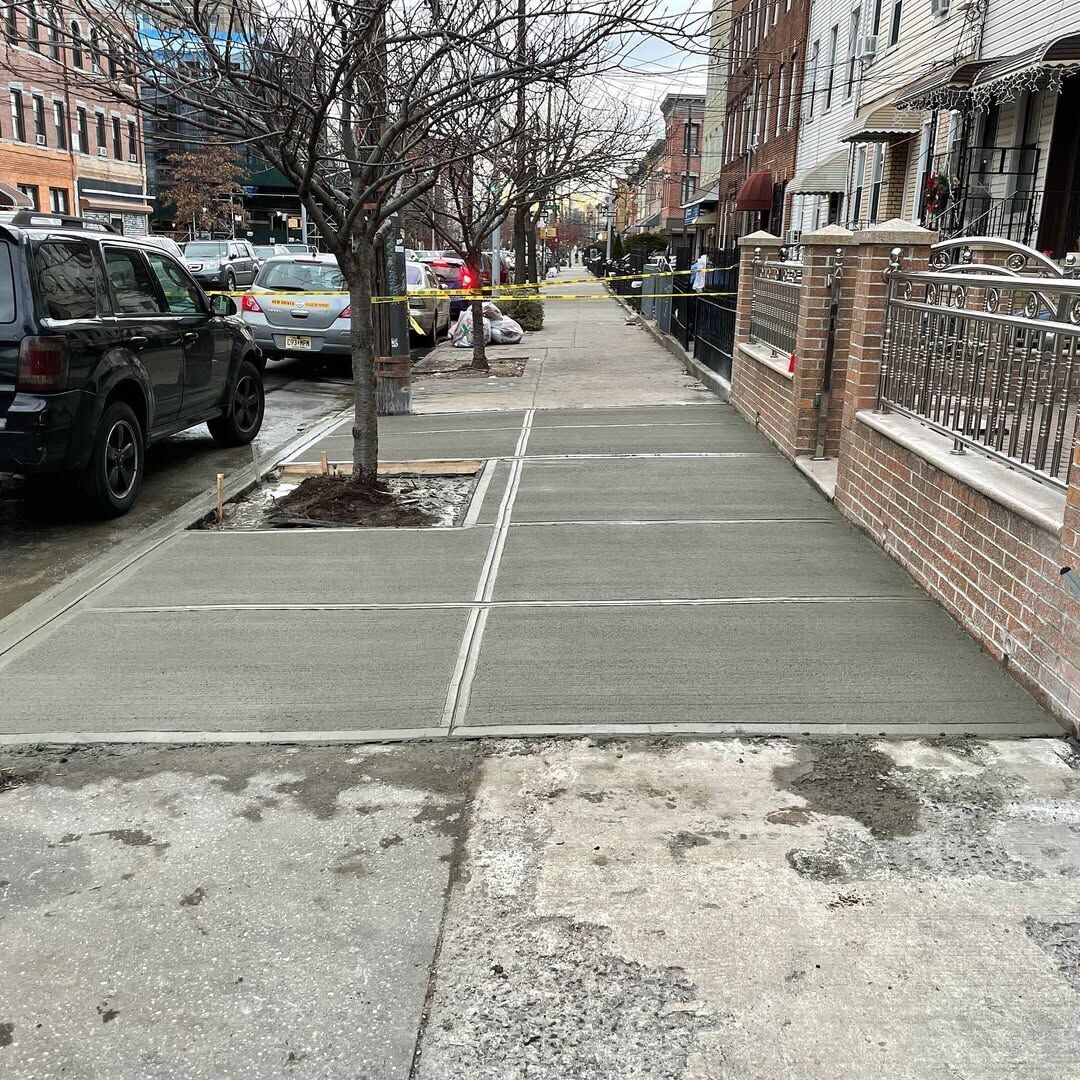
Getting slapped with a New York City Sidewalk Violation notice can feel like a punch to the gut – especially when you’re staring at fines that could reach thousands of dollars. But before you panic or reach for your checkbook, take a deep breath. These violations aren’t automatic convictions, and with the right approach, you can successfully challenge them.
Understanding Your Notice
The first step in mounting a successful defense is understanding exactly what you’re up against. New York City Sidewalk Violation notices aren’t just random paperwork – they’re legal documents that require your immediate attention. The city issues these violations for various infractions, from cracked concrete to tree root damage, and each comes with specific deadlines and requirements.
Don’t make the mistake of ignoring that orange envelope. The Department of Transportation typically gives property owners 30 days to respond, and missing this deadline can result in automatic liability. Instead, examine your notice carefully, noting the specific violation code, location, and alleged infraction date.
Building Your Defense Strategy
Once you understand the charges, it’s time to build your case. The most successful challenges to New York City Sidewalk Violation notices focus on three key areas:
- Documentation discrepancies: Check if the violation address matches your property exactly, verify the date and time listed, and ensure all required inspector information is present
- Photographic evidence: Take detailed photos of the alleged violation area from multiple angles, document any recent repairs or improvements, and capture evidence that contradicts the inspector’s claims
- Maintenance records: Gather receipts for recent sidewalk work, compile documentation of regular property maintenance, and collect any permits for ongoing construction or repairs
Remember, the burden of proof lies with the city. If their documentation is incomplete or inaccurate, you have grounds for dismissal. Many property owners successfully challenge violations simply by pointing out clerical errors or inconsistencies in the inspector’s report.
Navigating the Hearing Process
The hearing process might seem intimidating, but it’s your opportunity to present your case directly to an administrative law judge. Preparation is crucial – organize your evidence chronologically and practice presenting your argument clearly and concisely.
During the hearing, stick to facts rather than emotions. Judges have seen countless cases and respond better to logical arguments supported by evidence than passionate pleas. Present your documentation systematically:
- Timeline: Establish when the alleged violation occurred versus when you last maintained the area
- Evidence: Present photographs, receipts, and witness statements in a logical order
- Legal grounds: Reference specific regulations that support your position or invalidate the city’s claims
Many successful challengers also bring professional assessments from contractors or engineers, especially for complex cases involving structural issues or tree root damage.
Turning Violation into Victory
Fighting a New York City Sidewalk Violation notice successfully isn’t just about avoiding fines – it’s about protecting your property rights and holding the city accountable for fair enforcement. With proper preparation, clear documentation, and strategic presentation, you can turn what feels like an overwhelming legal challenge into a manageable process.
The Final Word
Don’t let a violation notice intimidate you into automatic payment. Take action, gather your evidence, and fight for your property rights. For expert guidance and professional assistance with your case, visit https://nycsidewalkviolations.com/ to find specialists who understand the system inside and out.
